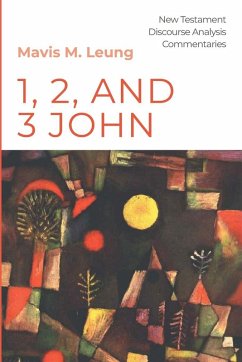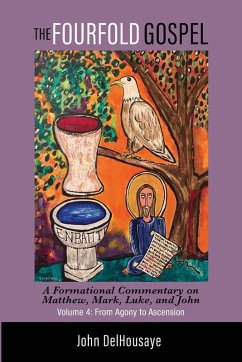
1, 2, and 3 John
Versandkostenfrei!
Versandfertig in 1-2 Wochen
36,99 €
inkl. MwSt.
Weitere Ausgaben:

PAYBACK Punkte
18 °P sammeln!
This commentary approaches 1, 2, and 3 John as social discourses and seeks to provide insights into the use of language in these epistles within their situational contexts. The method of discourse analysis employed to analyze the texts and linguistic characteristics in 1-3 John is based on the model of systemic functional linguistics proposed by Michael A. K. Halliday. The interpretative task of this commentary is to analyze the ways in which the author draws on the vast resources of language to convey his ideas to the audience and accomplish his purposes. Despite the adoption of systemic func...
This commentary approaches 1, 2, and 3 John as social discourses and seeks to provide insights into the use of language in these epistles within their situational contexts. The method of discourse analysis employed to analyze the texts and linguistic characteristics in 1-3 John is based on the model of systemic functional linguistics proposed by Michael A. K. Halliday. The interpretative task of this commentary is to analyze the ways in which the author draws on the vast resources of language to convey his ideas to the audience and accomplish his purposes. Despite the adoption of systemic functional linguistics, the use of jargon is avoided in the interpretation of the Johannine Epistles and the commentary does not demand from the reader a mastery of this discourse analysis method. The insights offered will help open up the text of 1-3 John in a fresh way.













